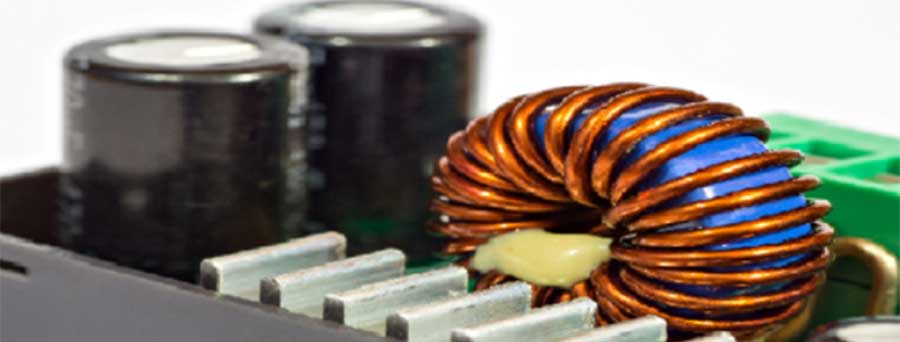Toroids and solenoids have many similarities. A solenoid is defined as an electromagnet that is constructed from a wire that carries a current. The currents within an electromagnet create a magnetic field. A solenoid, most often, is shaped into a helical coil. In most instances, a piece of metal is inserted inside. The main difference between these transformers and toroids is that a toroid is formed into a circle. A toroid is a solenoid that is shaped into a full, complete circle.

By designing a circular transformer, engineers can maintain a consistent magnetic field within the core. Outside the core, a toroidal transformer boasts a field of zero. It is important to remember that magnetic field strengths depend on the total coils on its body. Magnetic fields are not uniform: the field is strongest at the inner part of the ring instead of the outer part. The rule of thumb is that as the radius of a toroid increases, the magnetic field decreases.
A toroid is an inductor, which means that a toroid induces or creates currents by nearby coils. Although first discovered by Faraday in the 1800s, many changes and development have occurred over the last 100 plus years. A toroid also has self-inductance, which makes them great for modern electronics. When compared to a solenoid, a toroid is more difficult to wind. Custom coil winding for toroids is essential for most designs. Once the more complex winding is complete, a toroid becomes more efficient at creating the necessary inductance. When compared to a solenoid, a toroid requires fewer turns.
Related Reading about Toroid
- When is a Toroidal Transformer Most Practical
Toroids are small, but they do not sacrifice power as a means of reducing size. Typically, as things get smaller, they become less powerful; toroidal transformers do not suffer from that problem. - How does a Custom Toroid Transformer Work
- What is Custom Coil Winding

